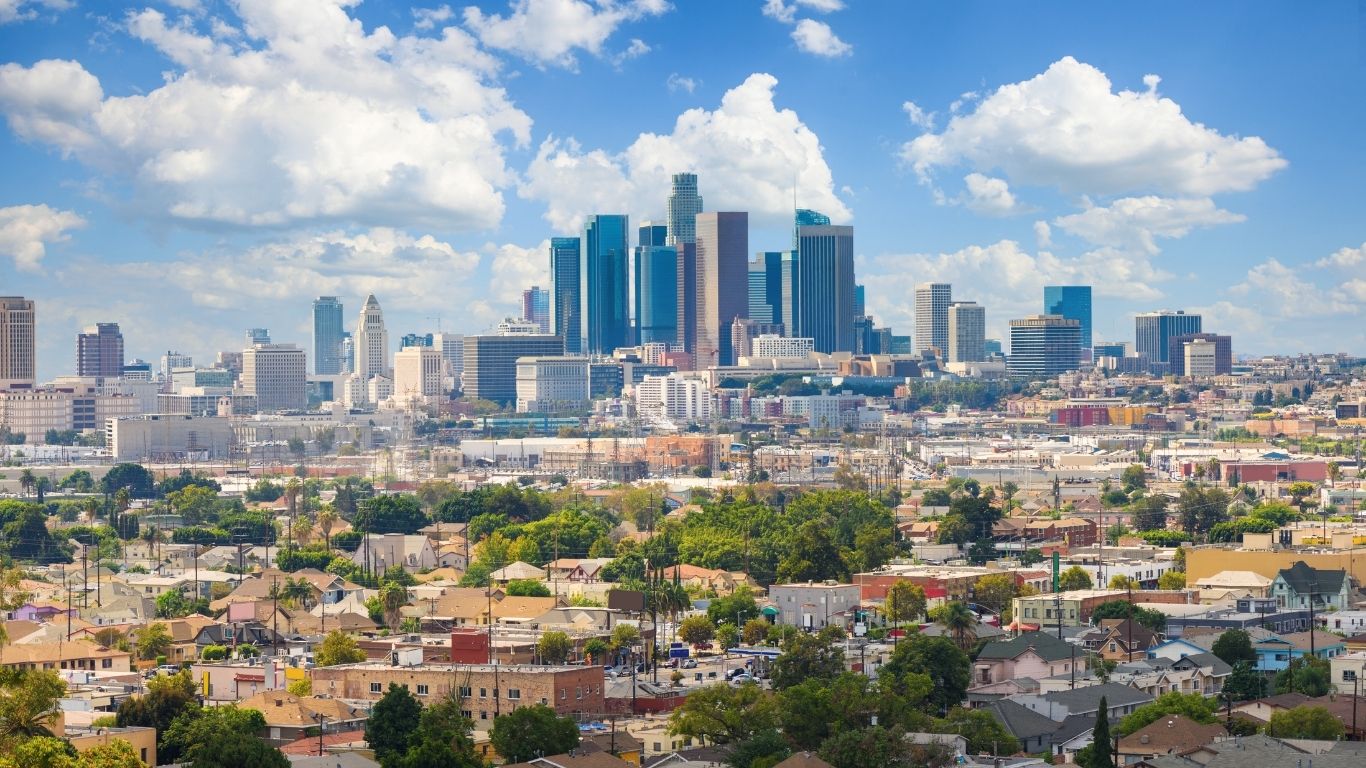
Where to Take the Best Photos in Los Angeles? Our 10 Must-See Spots
Our 10 Must-See Spots for Picture-Perfect Memories
Los Angeles is the most populated city in the U.S. state of California, and Southern California's commercial, financial, and cultural hub. It is the main city of a metropolitan area and has a diverse population in terms of ethnicity and culture. It has a ton of beautiful locations! Although it is difficult to pick just ten, we have compiled a list of our top ten locations for stunning photos while you're there.
We're sharing our top picks for breathtaking photo spots in Los Angeles in this guide. In order to avoid crowds and capture the ideal light, we also advise you on the best time and method to visit each location.
Let's take a tour of the city's most picturesque locations, ideal for making memories along the way.
1. Griffith Observatory
Griffith Observatory is an observatory located in Griffith Park on the south-facing slope of Mount Hollywood. It offers a view over the Pacific Ocean to the southwest, Hollywood to the south, and Downtown Los Angeles to the southeast, as well as the Los Angeles Basin. With a close-up view of the Hollywood Sign and a wide range of space and science-related exhibits, the observatory is a well-liked tourist destination. The 12-inch Zeiss refracting scope has been viewed by more than 9 million people since it opened, making it the most viewed telescope globally.
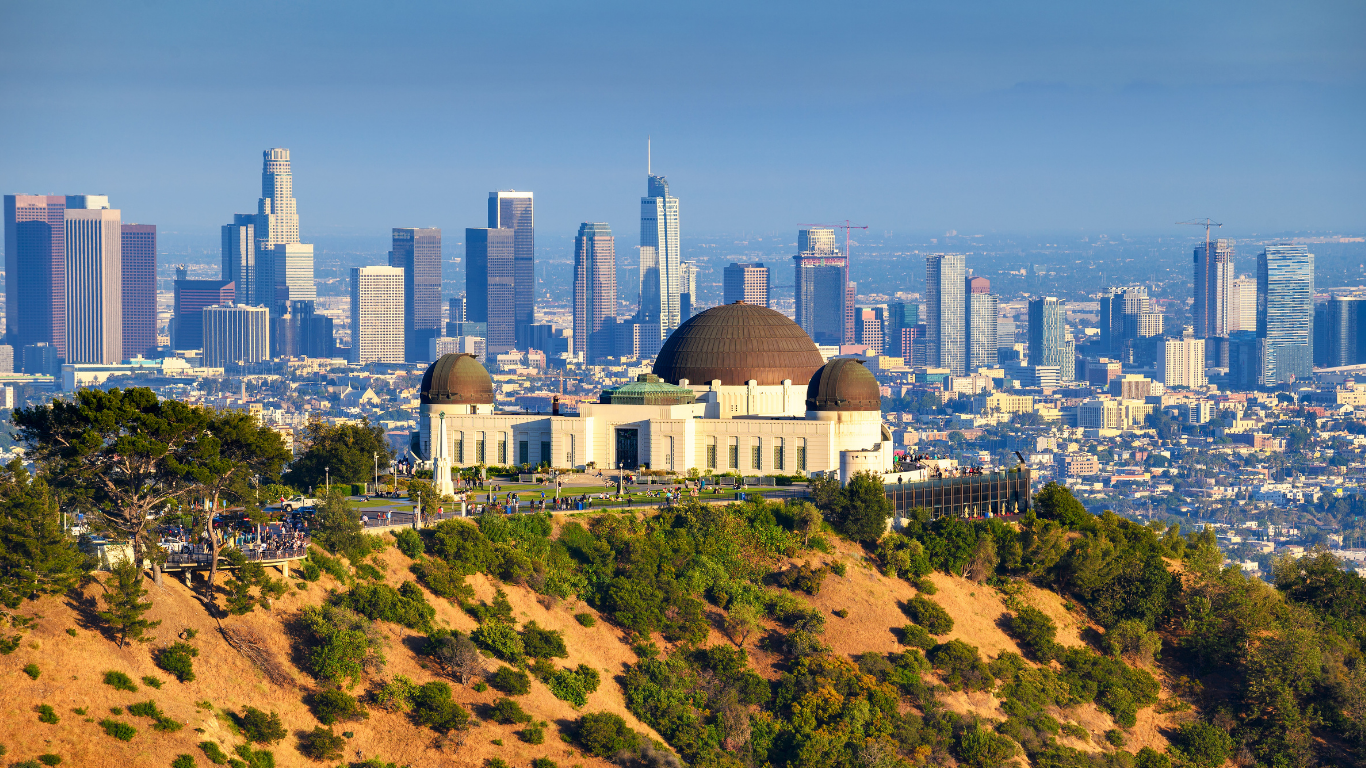
- Why is it exotic? 🤔
Cinematic views of LA with the Hollywood Sign in the backdrop. - Best time to visit 📅
Evening, when the city sparkles under the stars. - Photography tip 📷
Capture both the dome and skyline in a wide shot.
2. Santa Monica Pier
The Santa Monica Pier is a sizable pier located in Santa Monica at the base of Colorado Avenue. It has places for fishing and viewing, a small amusement park, and food vendors. The larger Santa Monica Mountains National Recreation Area includes the pier. Pacific Park, a family amusement park with a solar-powered Ferris wheel, is located on the pier. The wheel, which has been switched off for Earth Hour, is visible from a distance and is brightly lit. Movies, concerts, and other events are held outside on the pier.
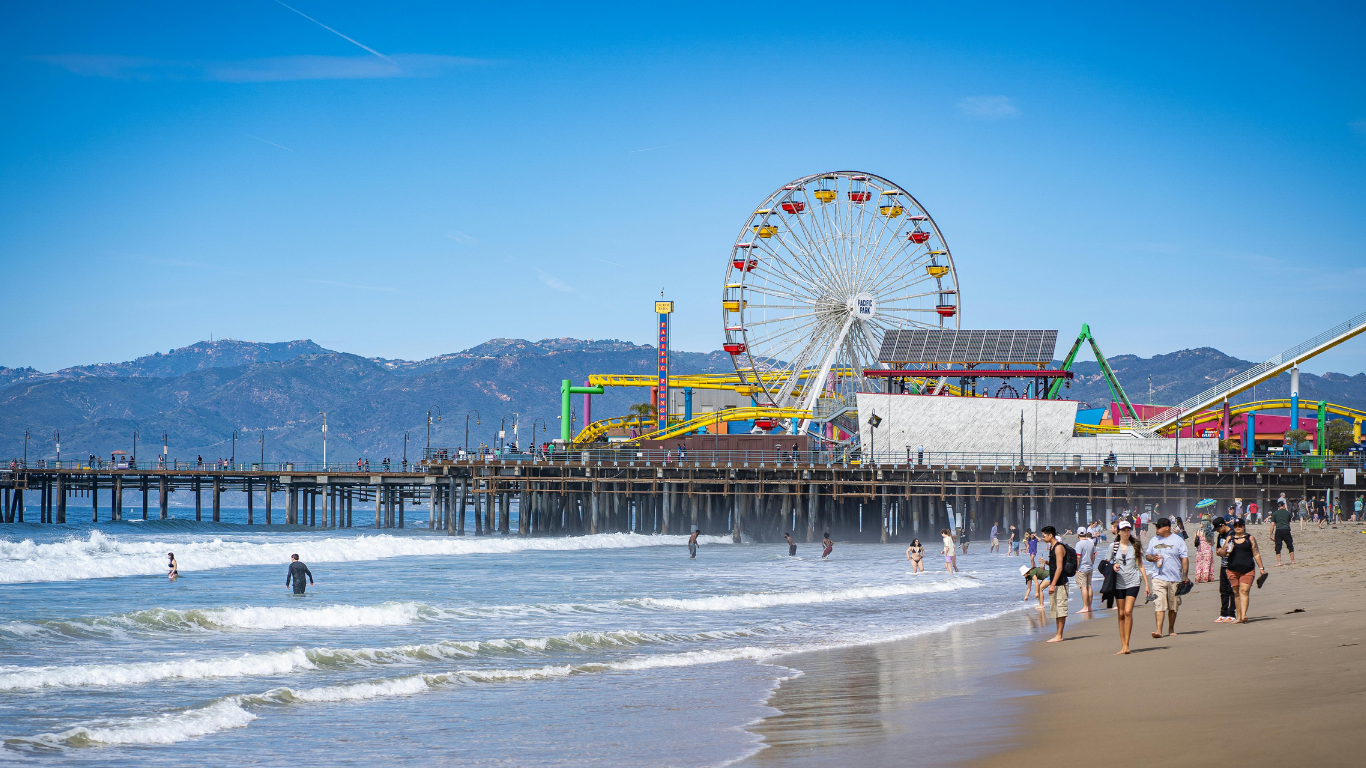
- Why is it exotic? 🤔
There are colorful rides, beach vibes, and ocean views in one place. - Best time to visit 📅
Sunset, to catch the city glowing as lights turn on. - Photography tip 📷
Shoot toward the horizon with the pier lights reflecting on the water.
3. Hollywood Sign
Overlooking Hollywood, the Hollywood Sign is a cultural symbol and landmark in the United States. Located on Mount Lee, above Beachwood Canyon in the Santa Monica Mountains, it was once known as the Hollywoodland Sign. It was first constructed in 1923 as a temporary advertisement for a nearby real estate development, and it spells out the word "HOLLYWOODLAND" in white capital letters that are 50 feet tall and 450 feet long. The final four letters "LAND" were deleted in 1949, but the sign was left up due to its recognition. In 1978, the sign was completely replaced with a 45-foot-tall, more robust all-steel frame with concrete footings.
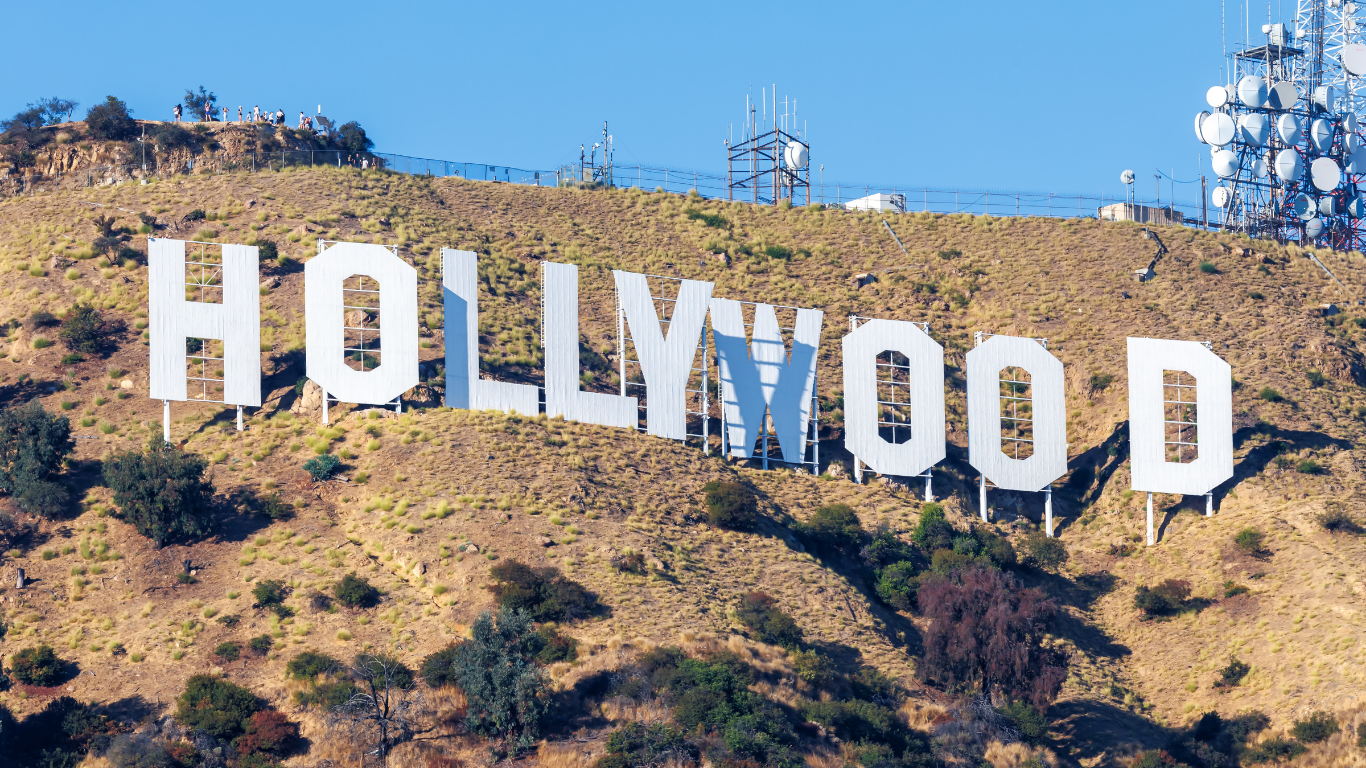
- Why is it exotic? 🤔
The most iconic symbol of LA, sitting proudly in the hills. - Best time to visit 📅
Morning, for clear skies and fewer crowds. - Photography tip 📷
Frame it with palm trees or city streets below for extra flair.
4. Venice Beach Boardwalk
The Venice Beach Boardwalk is the second-largest tourist destination in Southern California after Disneyland, with between 28,000 and 30,000 visitors per day, or around 10 million visitors annually. A two-mile walkway that runs parallel to Venice Beach is called the Venice Beach Boardwalk. The Boardwalk ends in Marina del Rey in the south and joins the Santa Monica Boardwalk in the north. Muscle Beach Venice, the Venice Beach Skatepark, a section of the Beach Bike Path that also serves skaters and walkers, the Venice Art Walls, and a number of volleyball courts are some of the notable attractions along the Venice Beach Boardwalk.
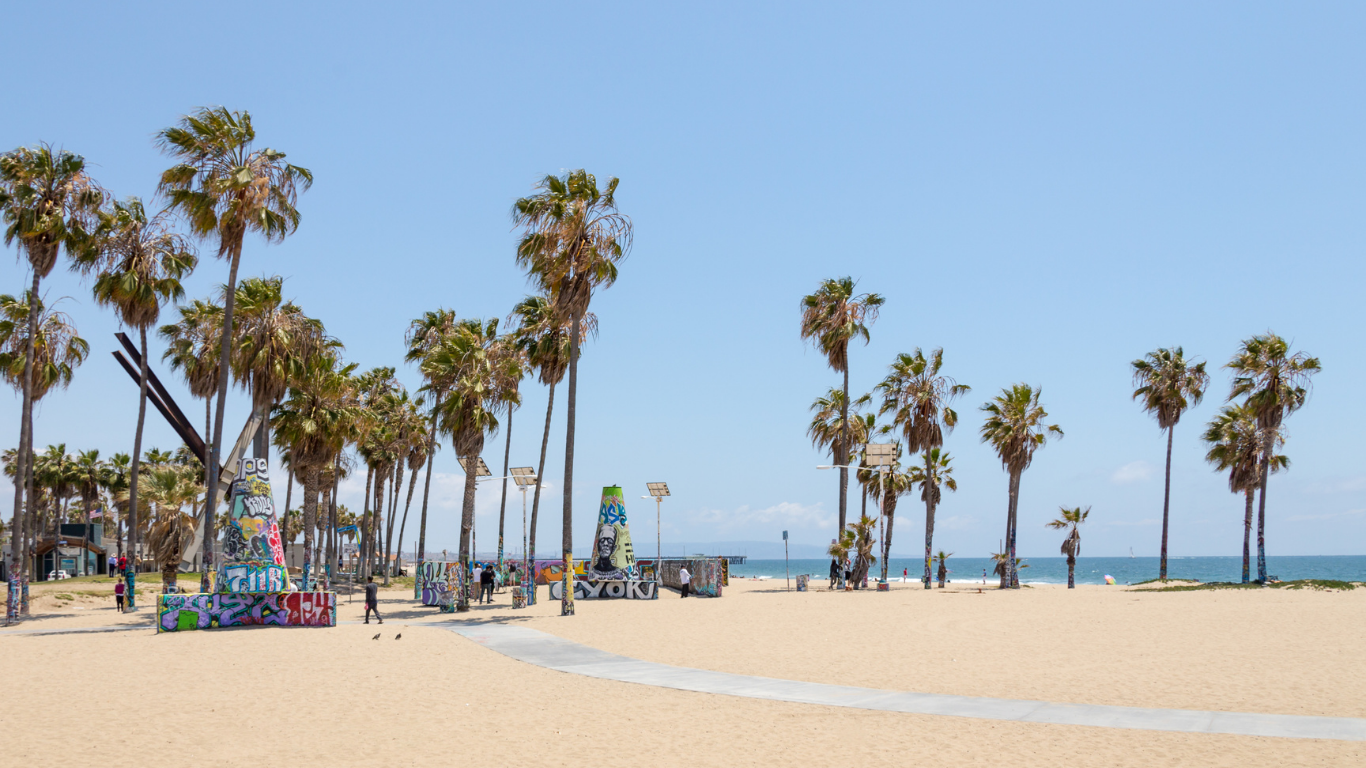
- Why is it exotic? 🤔
Murals, street performers, and endless coastal character. - Best time to visit 📅
Late afternoon, when the vibe is at its peak. - Photography tip 📷
Use the colorful graffiti walls as a backdrop for portraits.
5. Urban Light at LACMA
Chris Burden's expansive assemblage sculpture, Urban Light, is situated near the County Museum of Art's Wilshire Boulevard entrance (LACMA). Restored street lighting from the 1920s and 1930s make up the 2008 installation. In the past, the majority of them illuminated Southern California's streets. The 202 street lamps that make up Urban Light are organised in a near grid. Southern California streets provided the majority of the lighting. 16 distinct streetlight models are shown, several of which were specially designed for specific streets and neighbourhoods.
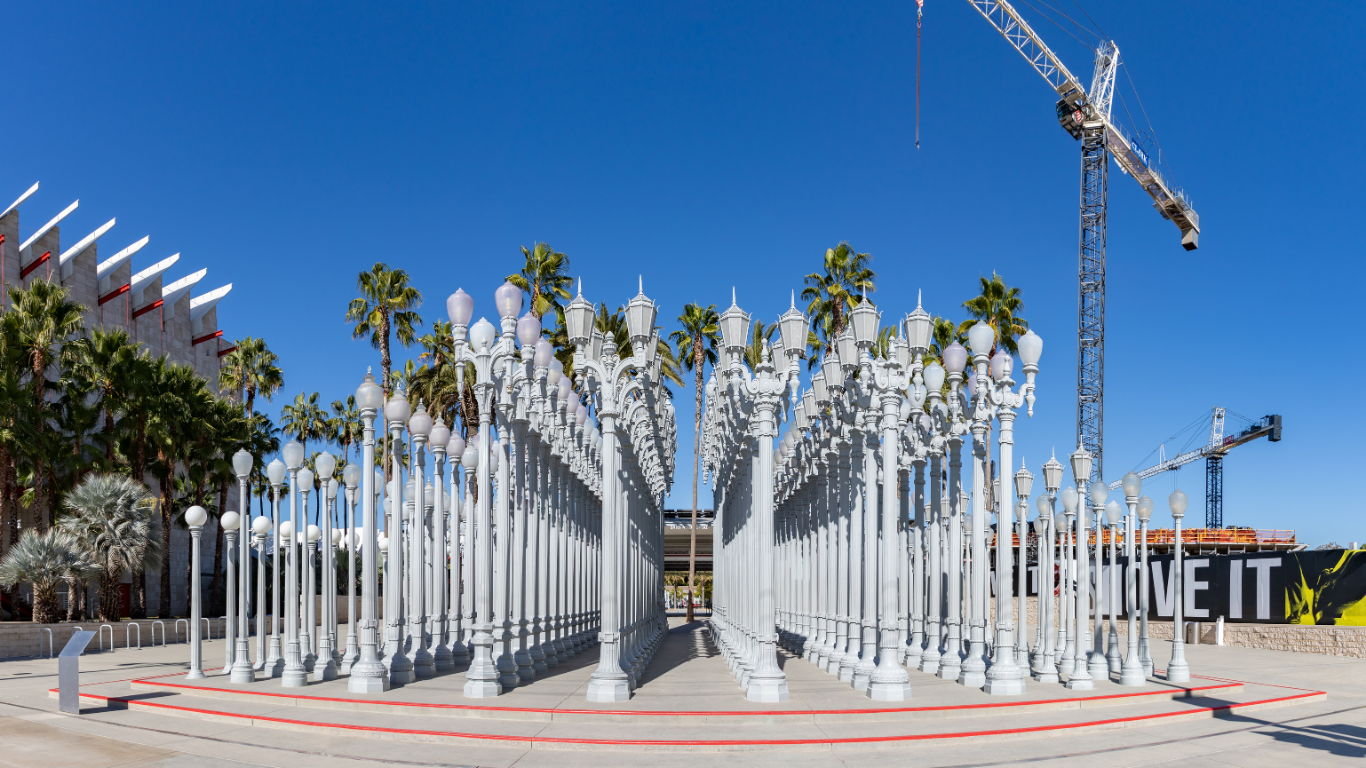
- Why is it exotic? 🤔
Rows of vintage street lamps create a dreamy art installation. - Best time to visit 📅
At night, when the lamps glow against the dark sky. - Photography tip 📷
Stand between the lamps for a perfect symmetrical shot.
6. Runyon Canyon
The Los Angeles Department of Recreation and Parks is in charge of overseeing the 160-acre Runyon Canyon Park, which is located at the eastern tip of the Santa Monica Mountains. At Hollywood's north end of Fuller Avenue lies the park's southern entrance. The northern entrance is located off Mulholland Drive in the 7300 block. Numerous minor hiking paths may be found throughout the park, and the Runyon Canyon Road, a fire road that is off-limits to public motor vehicle access, passes through the middle of the park between the northern and southern gates along Runyon Canyon itself.
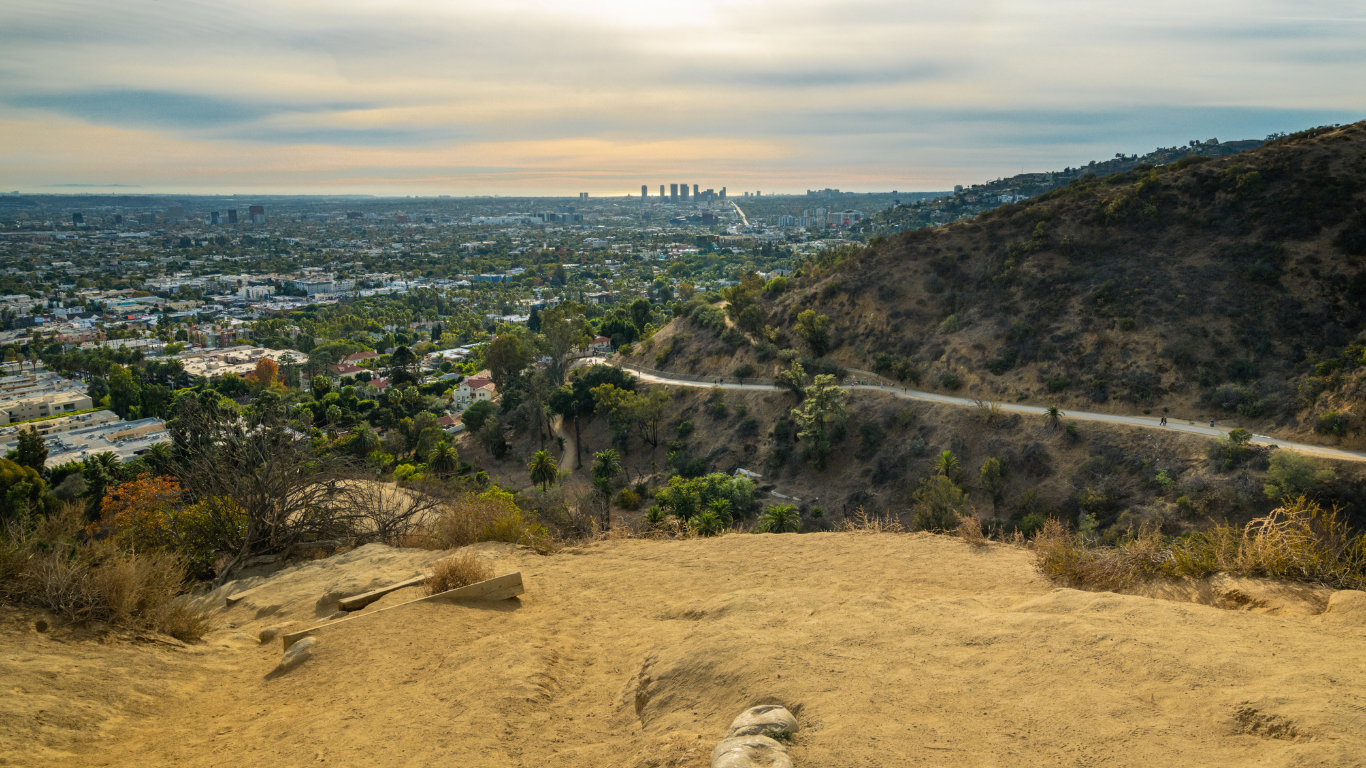
- Why is it exotic? 🤔
Hiking trails with panoramic city views. - Best time to visit 📅
Early morning for sunrise and cooler air. - Photography tip 📷
Shoot wide to capture both the skyline and the mountains in one frame.
7. The Getty Center
The Getty Museum and other Getty Trust programmes are housed on the Getty Centre's site. Known for its architecture, gardens, and views of Los Angeles, the $1.3 billion centre first opened to the public in 1997. A three-car, cable-pulled hovertrain people mover connects the centre, which is perched atop a hill, to a visitors' parking garage at the base of the hill: the centre, one of two J. The Paul Getty Museum venues in the Brentwood neighborhood of Los Angeles welcome 1.8 million people annually.
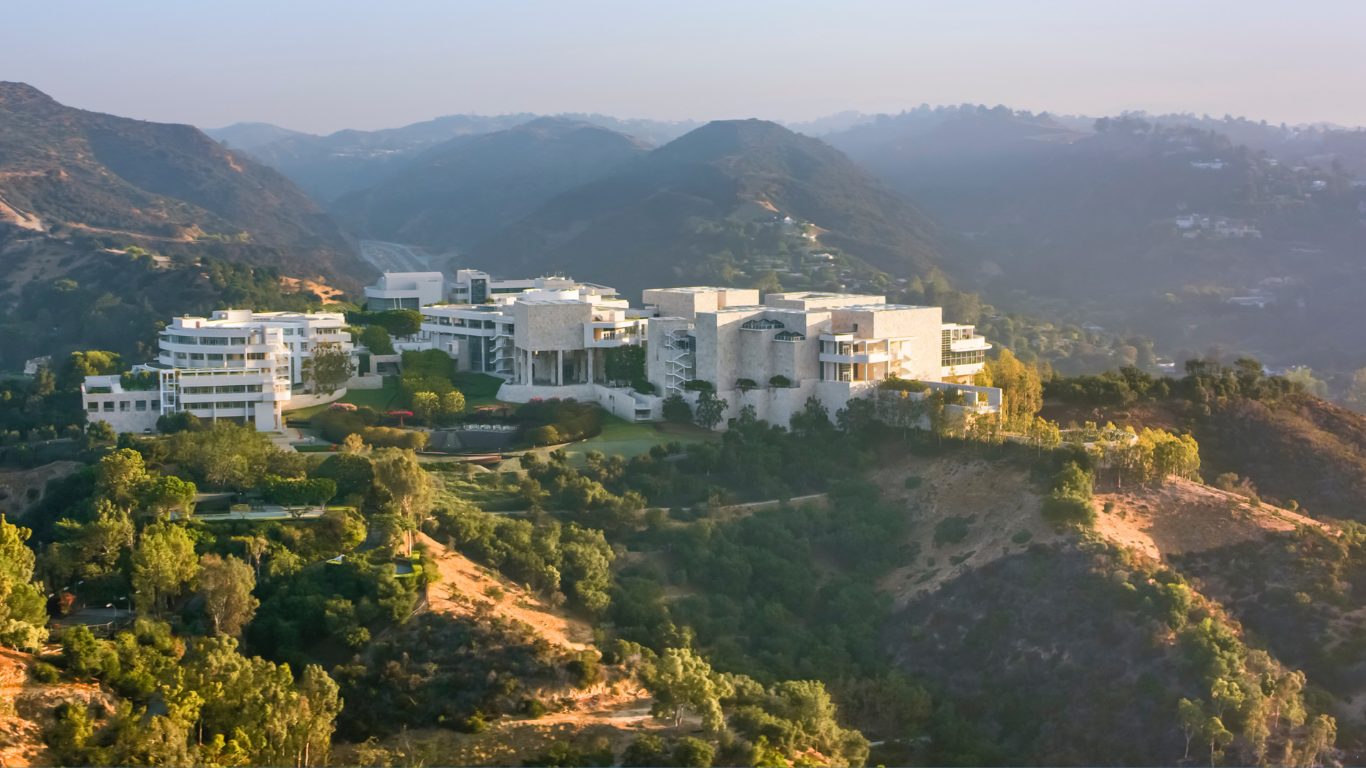
- Why is it exotic? 🤔
Stunning architecture, gardens, and sweeping views. - Best time to visit 📅
Golden hour, when sunlight hits the marble walls. - Photography tip 📷
Use the garden pathways to lead the eye toward the museum.
8. Walt Disney Concert Hall
Frank Gehry created the fourth hall of the Los Angeles Music Centre, the Walt Disney Concert Hall, located downtown at 111 South Grand Avenue. In 2003, it opened. Enclosed by Hope Street, Grand Avenue, and 1st and 2nd streets, it has 2,265 seats and is home to the Los Angeles Master Chorale and the Los Angeles Philharmonic orchestra, among other things. The venue strikes a balance between a traditional shoebox design, like the Boston Symphony Hall or the Vienna Musikverein, and a vineyard-style seating arrangement, like the Berliner Philharmonie by Hans Scharoun.
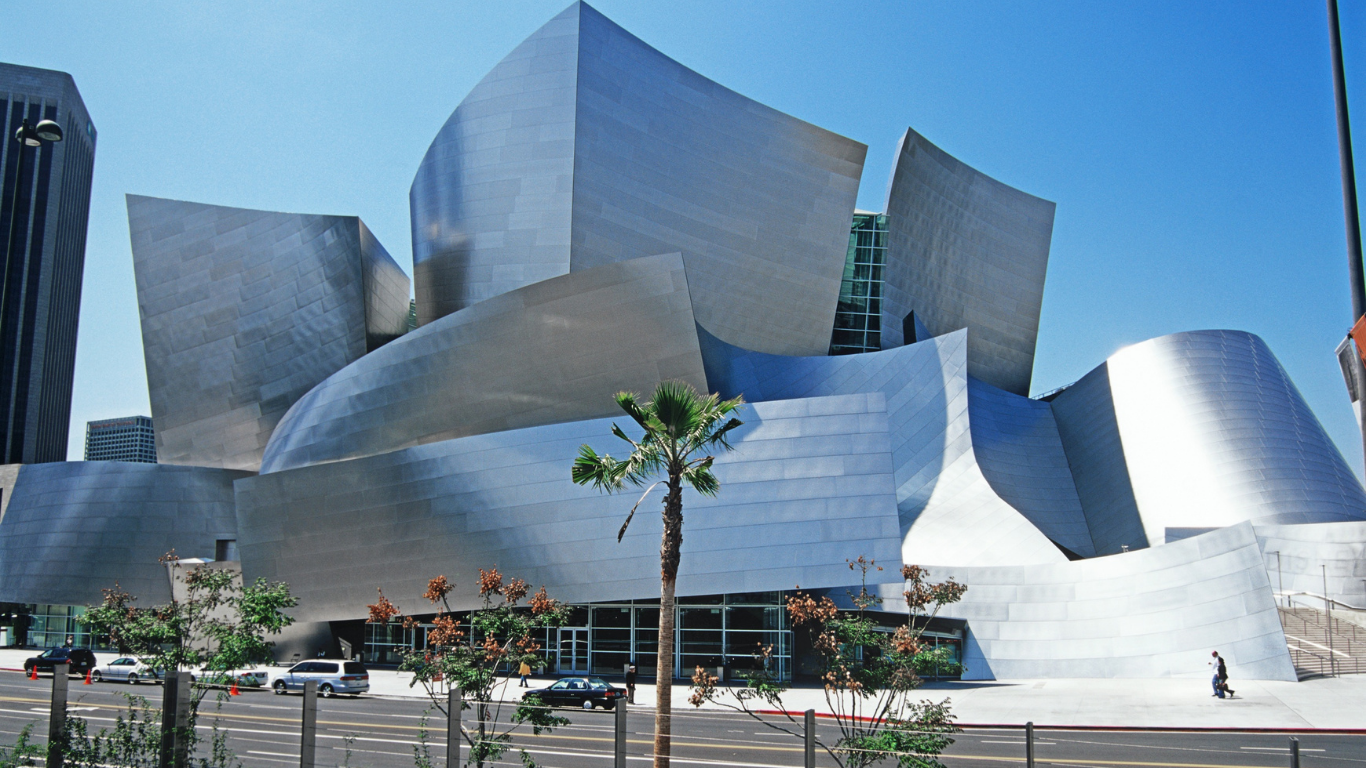
- Why is it exotic? 🤔
Its futuristic silver curves reflect the city in artistic ways. - Best time to visit 📅
Late afternoon for dramatic shadows on the steel. - Photography tip 📷
Get low and capture reflections on the metallic surface.
9. Malibu Beaches
About thirty miles west of Los Angeles, amid the Santa Monica Mountains, sits the coastal city of Malibu. It is well-known for its 21-mile line of beaches along the Pacific coast, its Mediterranean temperature, and the fact that many wealthy Hollywood executives and celebrities have called it home for many years. Malibu has a number of middle- and upper-middle-class neighbourhoods, despite the fact that a large percentage of its citizens are celebrities from the entertainment business who own multimillion-dollar homes. The city is crossed by the Pacific Coast Highway, which runs parallel to California's south coast.
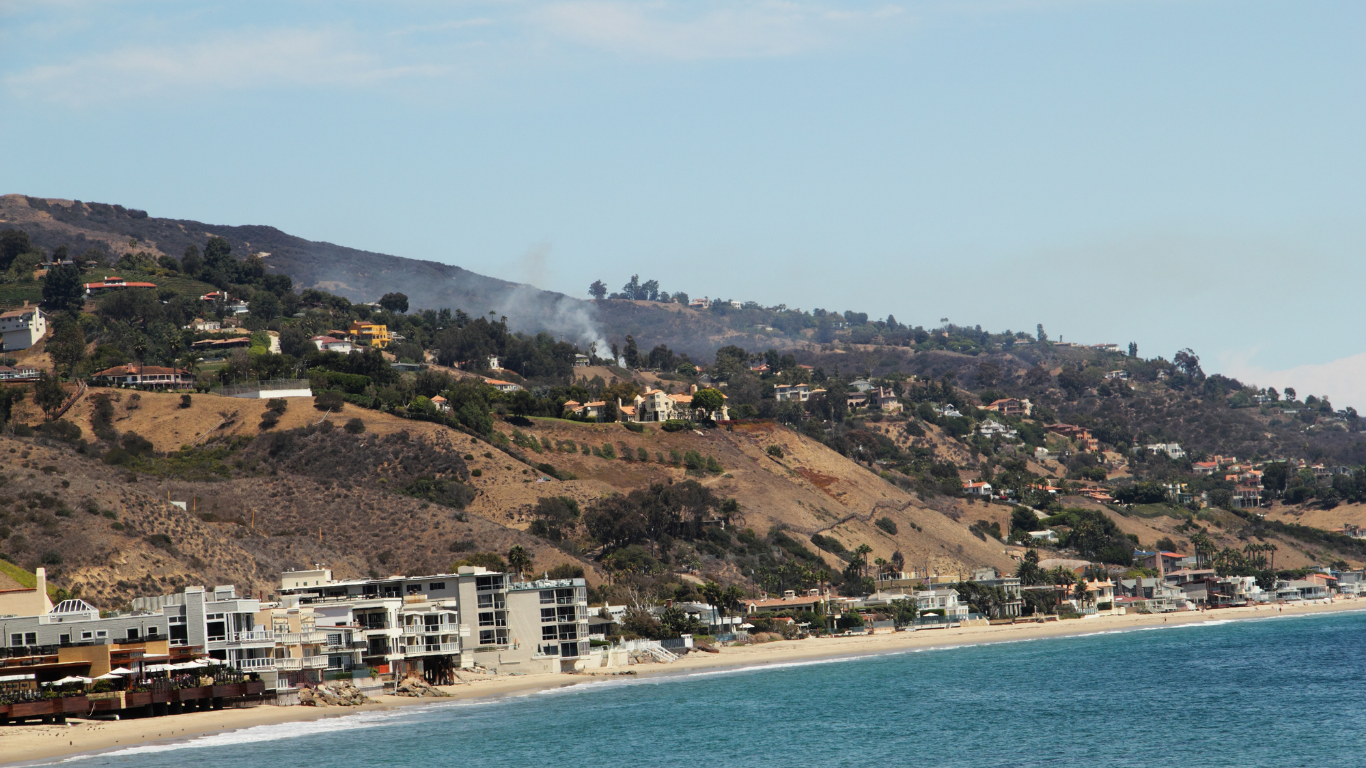
- Why is it exotic? 🤔
Pristine sands and rugged cliffs are perfect for ocean shots. - Best time to visit 📅
Sunset, when the sky turns pink and gold. - Photography tip 📷
Frame surfers against the glowing horizon.
10. Downtown LA Rooftops
Part of the primary Los Angeles region, downtown Los Angeles is the city's primary business district, spanning 5.84 square miles. Downtown Los Angeles offers some of the best city vistas from its rooftops. The busy streets, big skyscrapers, and nighttime lights are all plainly visible from above. There are even lounges, cafés, and swimming pools on certain rooftops where anyone can unwind and take in the scenery. A cityscape during the day or a nighttime skyline, one of the best places to take pictures.
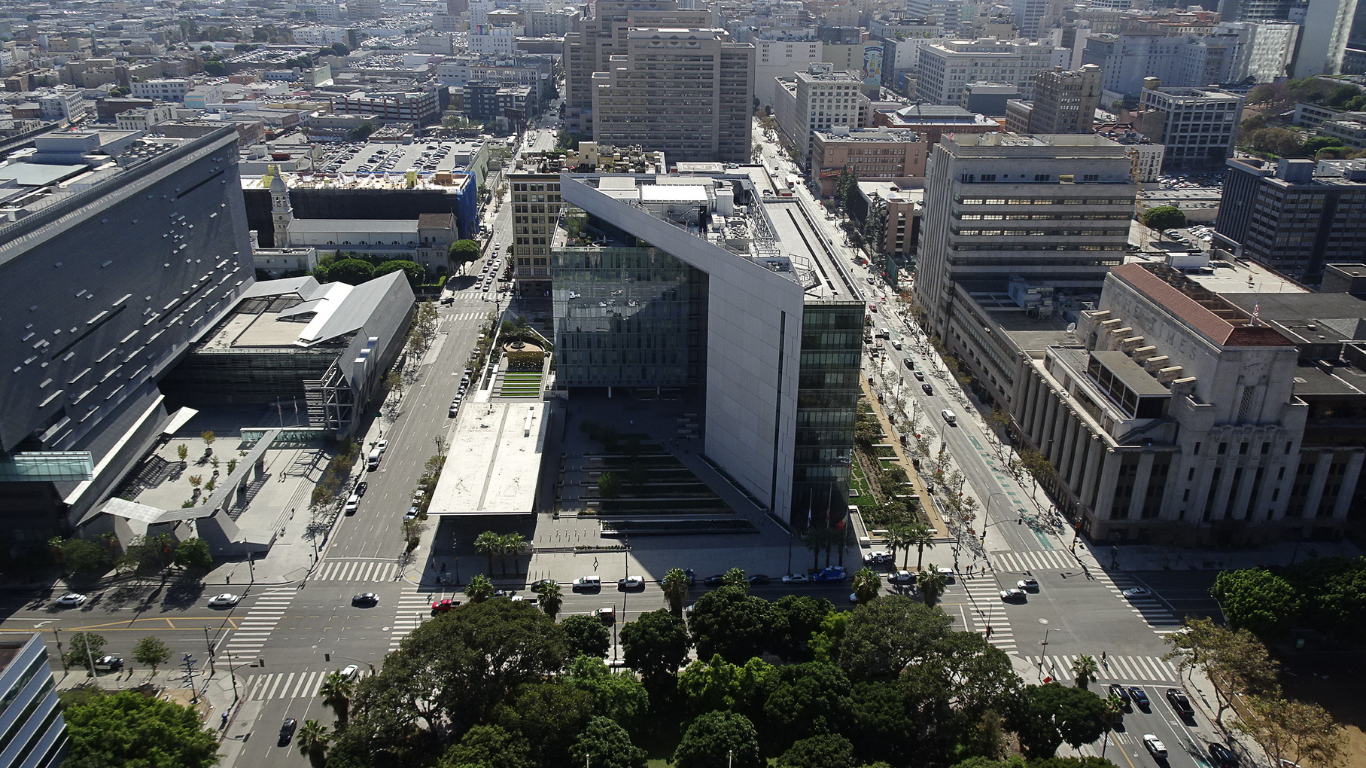
- Why is it exotic? 🤔
A modern skyline with neon lights and crowded nightlife. - Best time to visit 📅
Blue hour, when the sky deepens and city lights pop. - Photography tip 📷
Use a long exposure to capture light trails of traffic below.
Final Thoughts
These are the top photography spots you won't want to miss in Los Angeles. However, there is much more to see and enjoy, as the city offers endless photo opportunities. Take a walk and explore more, and make both your day and your photos amazing. Hopefully, this guide will help you capture your best moments in Los Angeles.
Ready to explore?
Don’t forget to bring extra storage, as you’ll be taking a lot of photos.
Check Out Our Blog
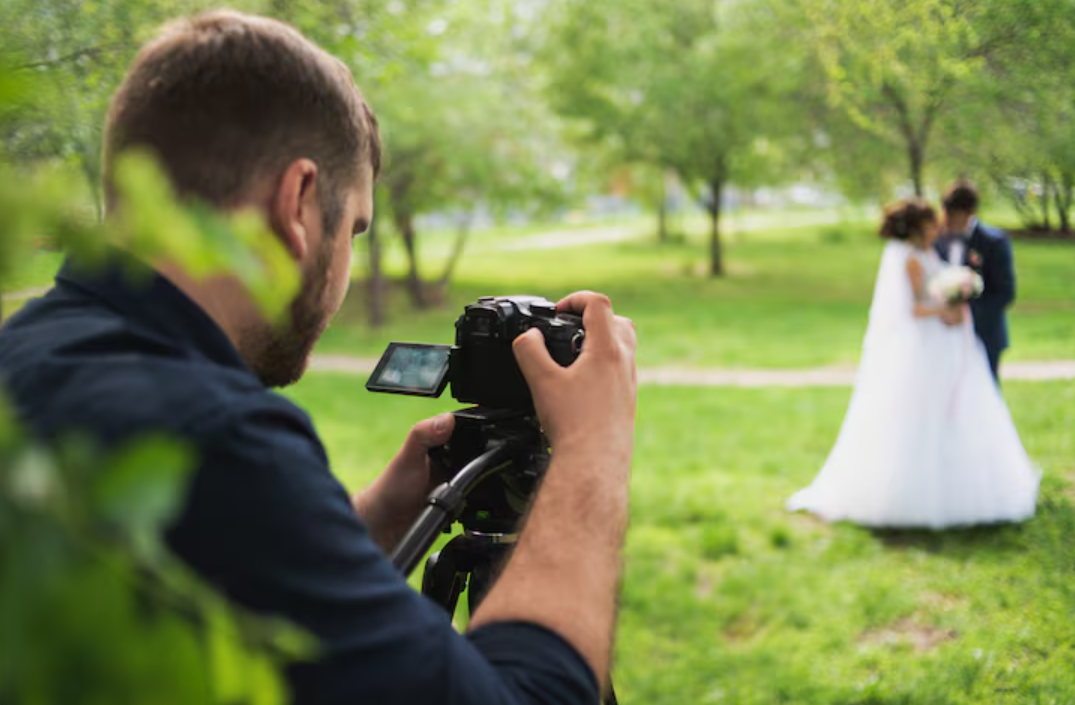
7 Best Alternatives to a Wedding Photographer in 2025

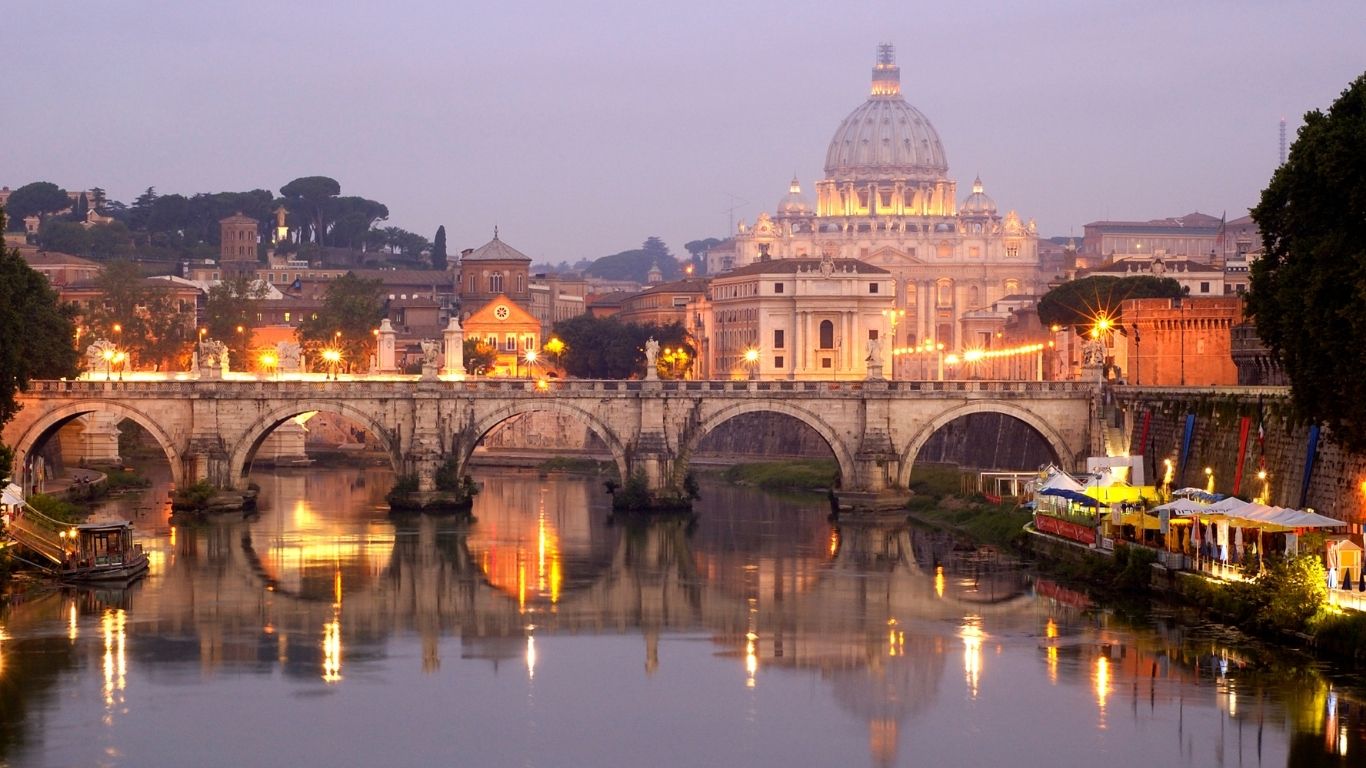
Where to Take the Best Photos in Rome? Our 10 Must-See Spots








